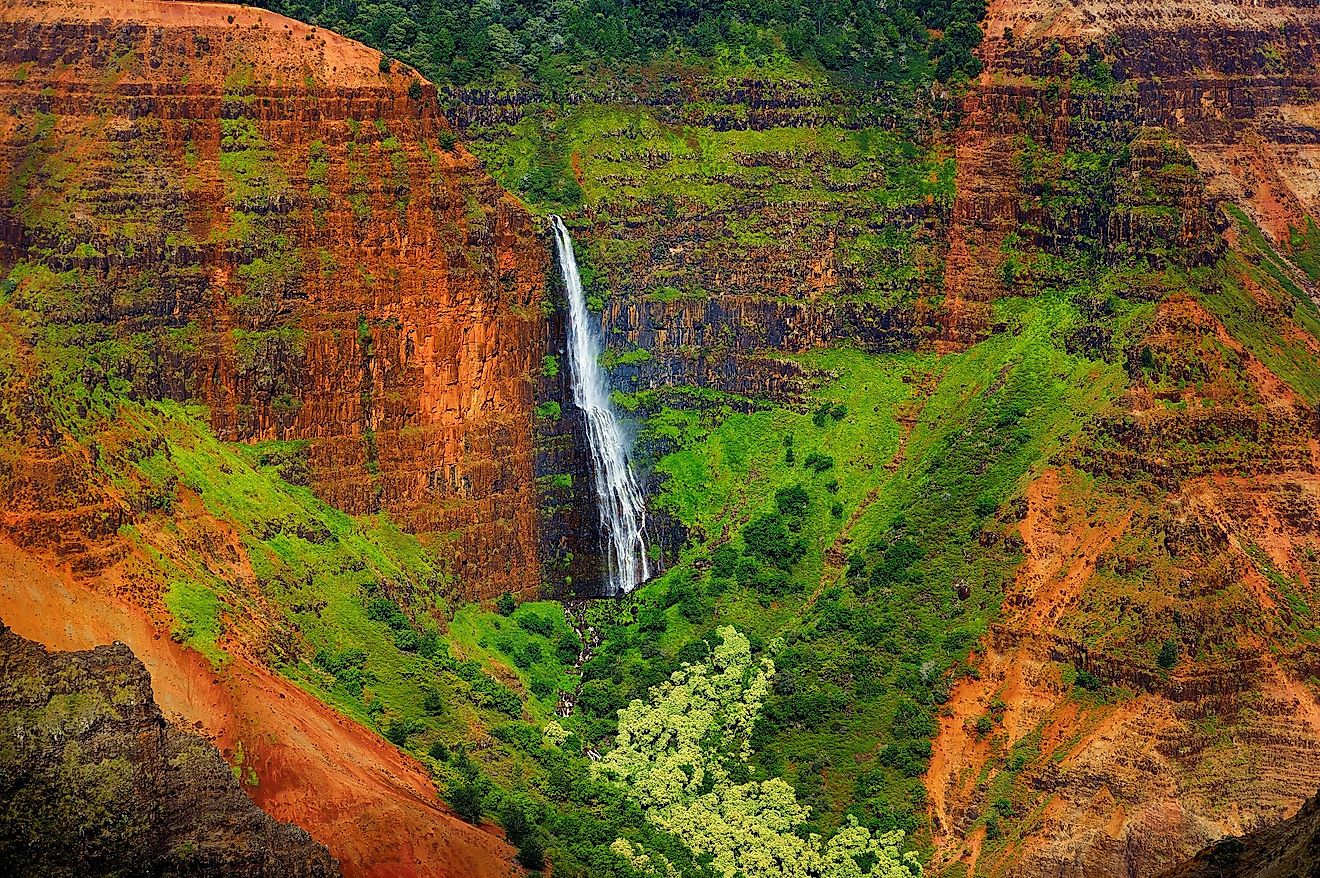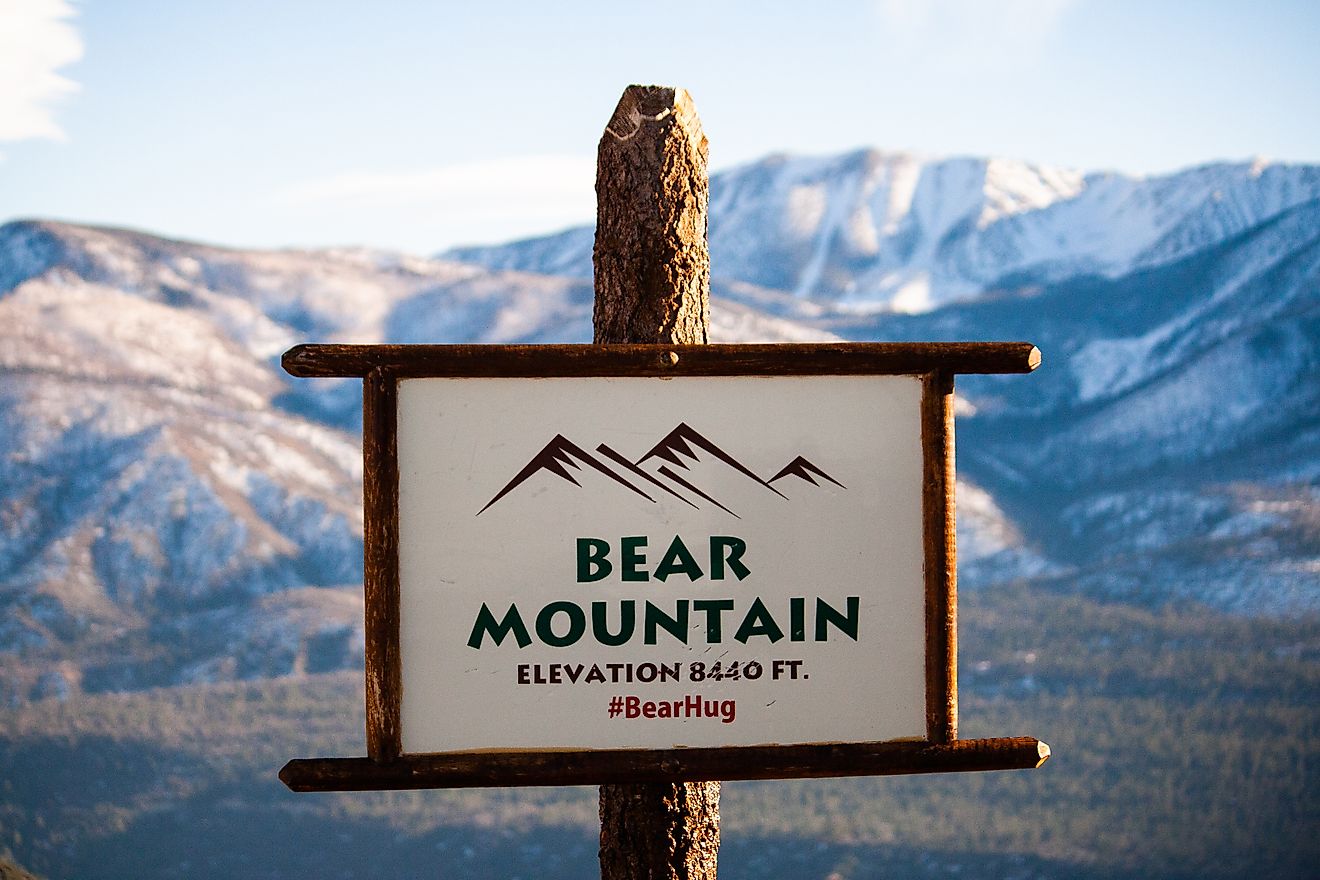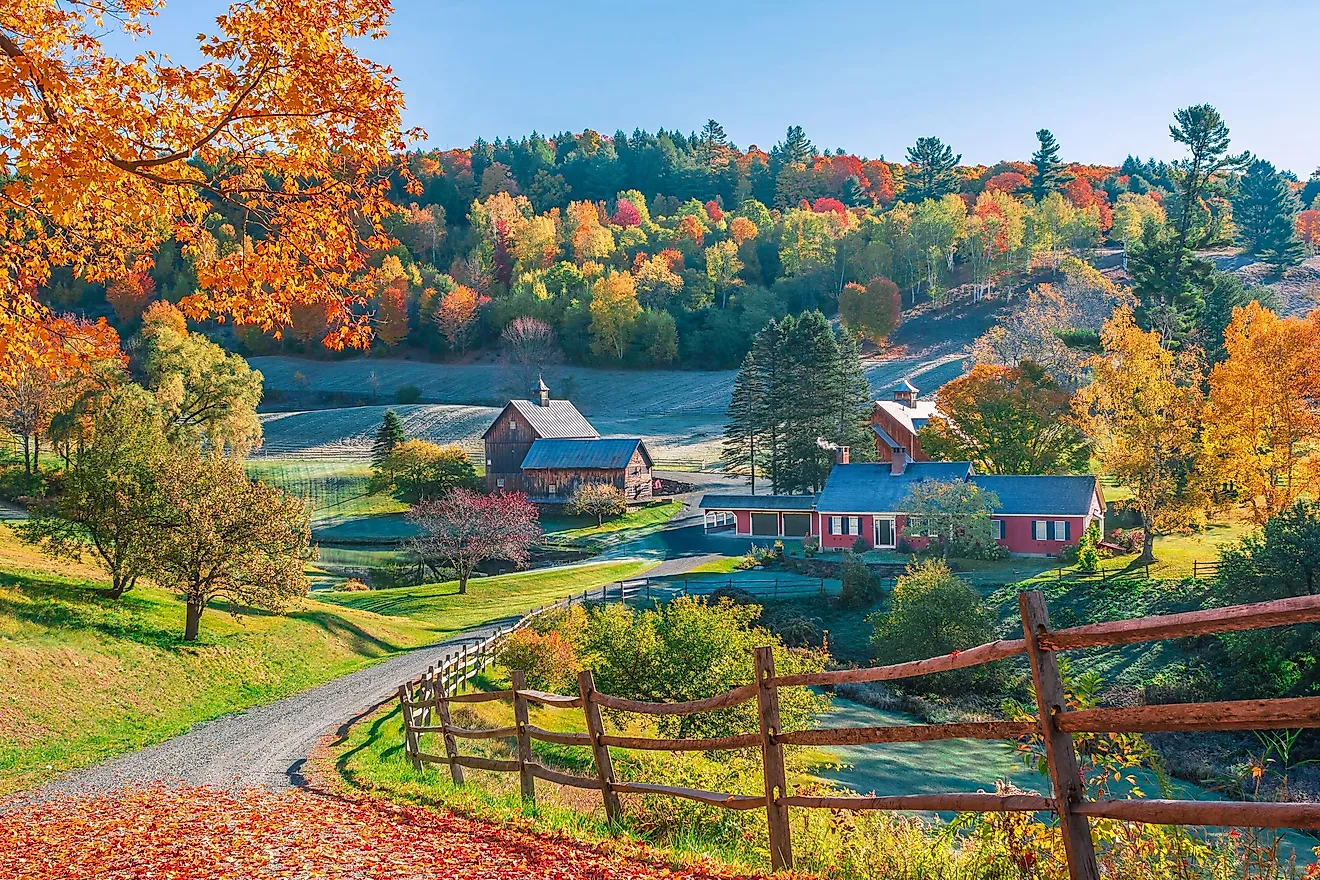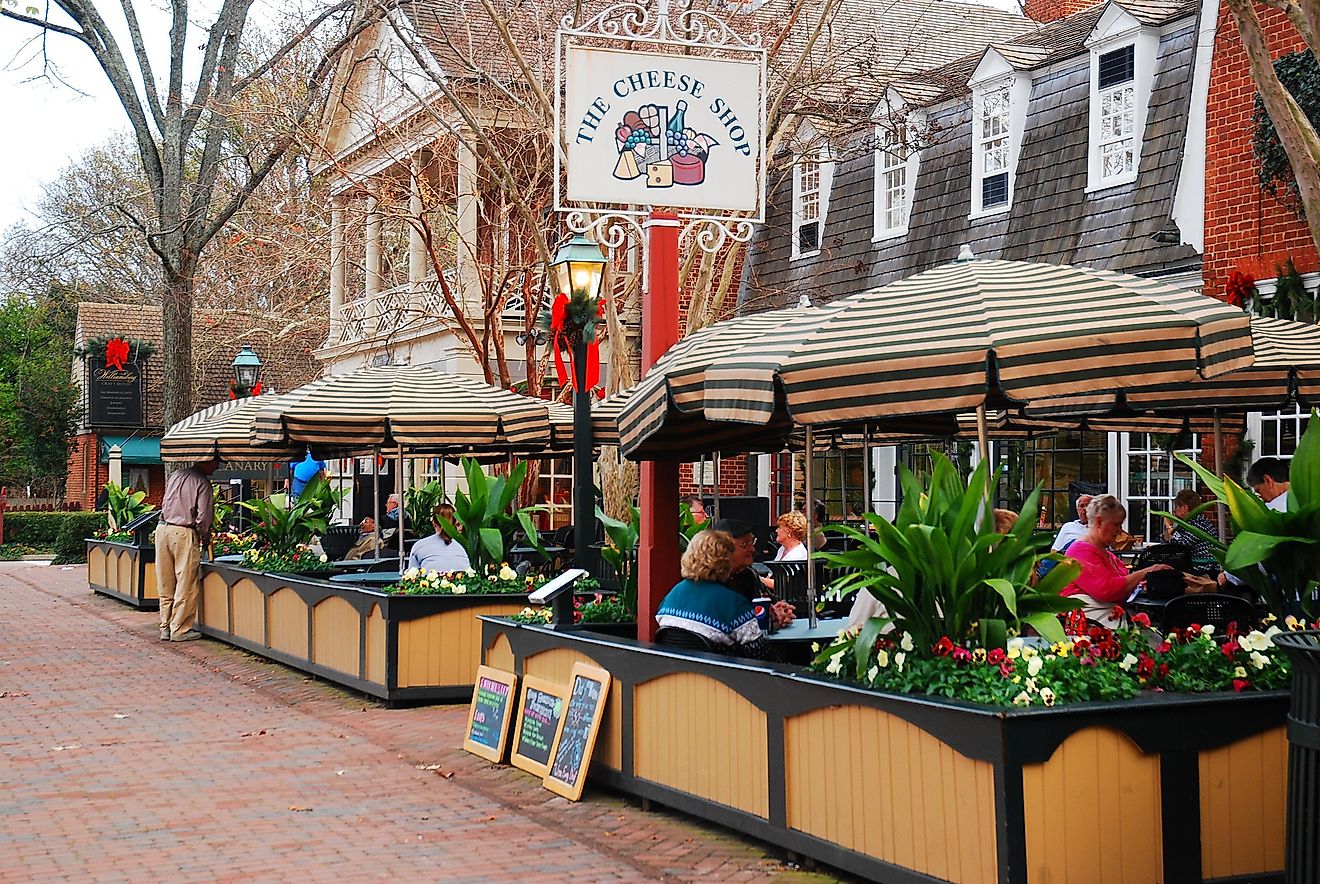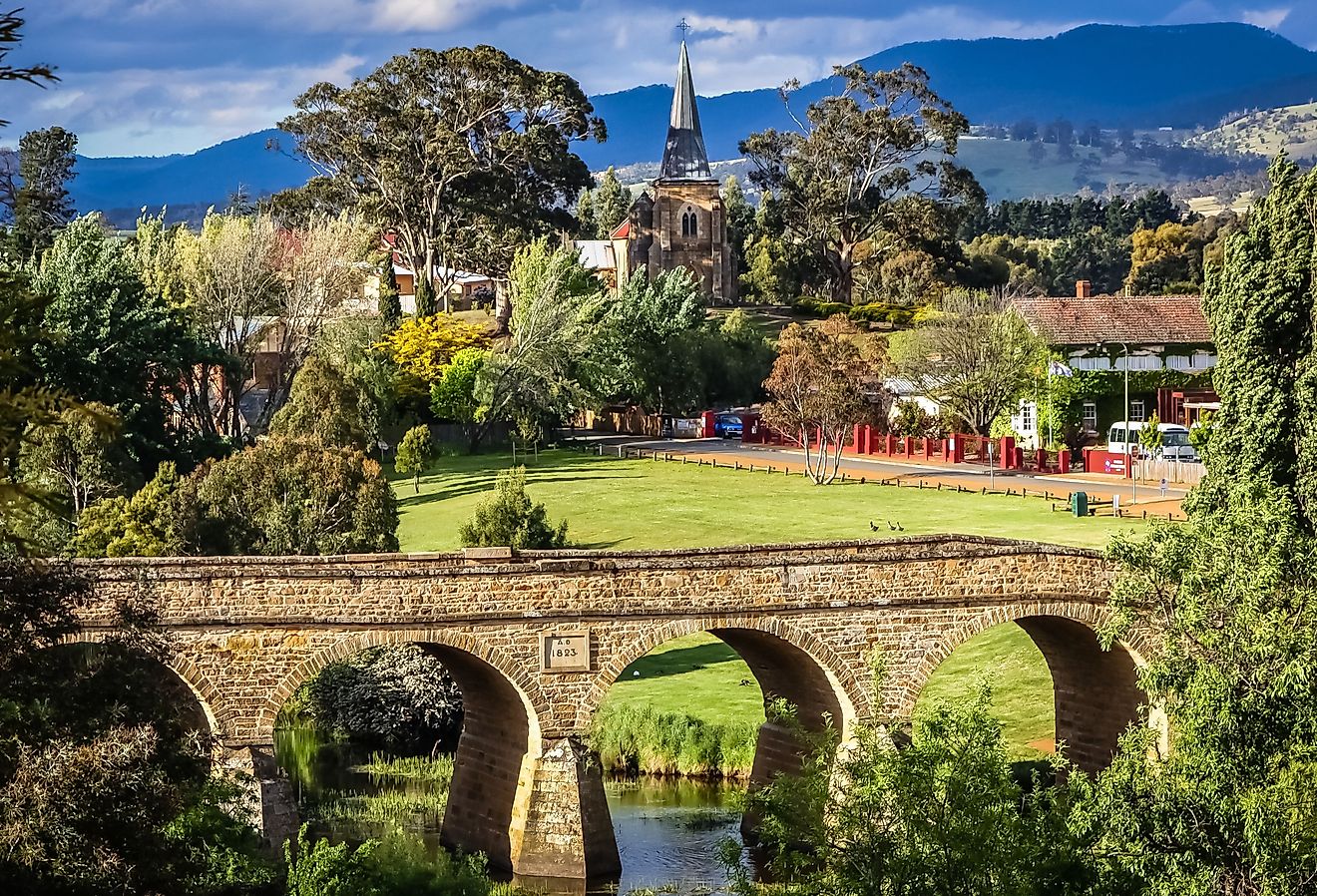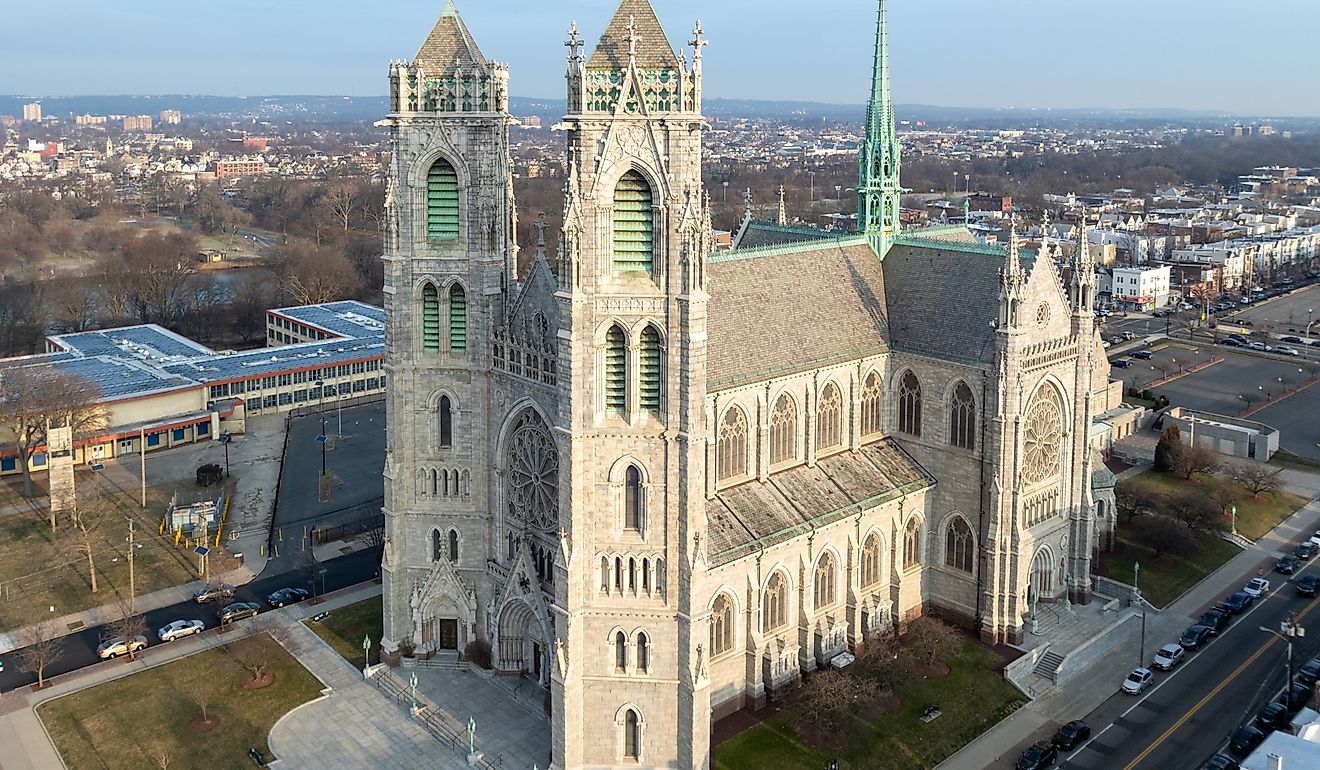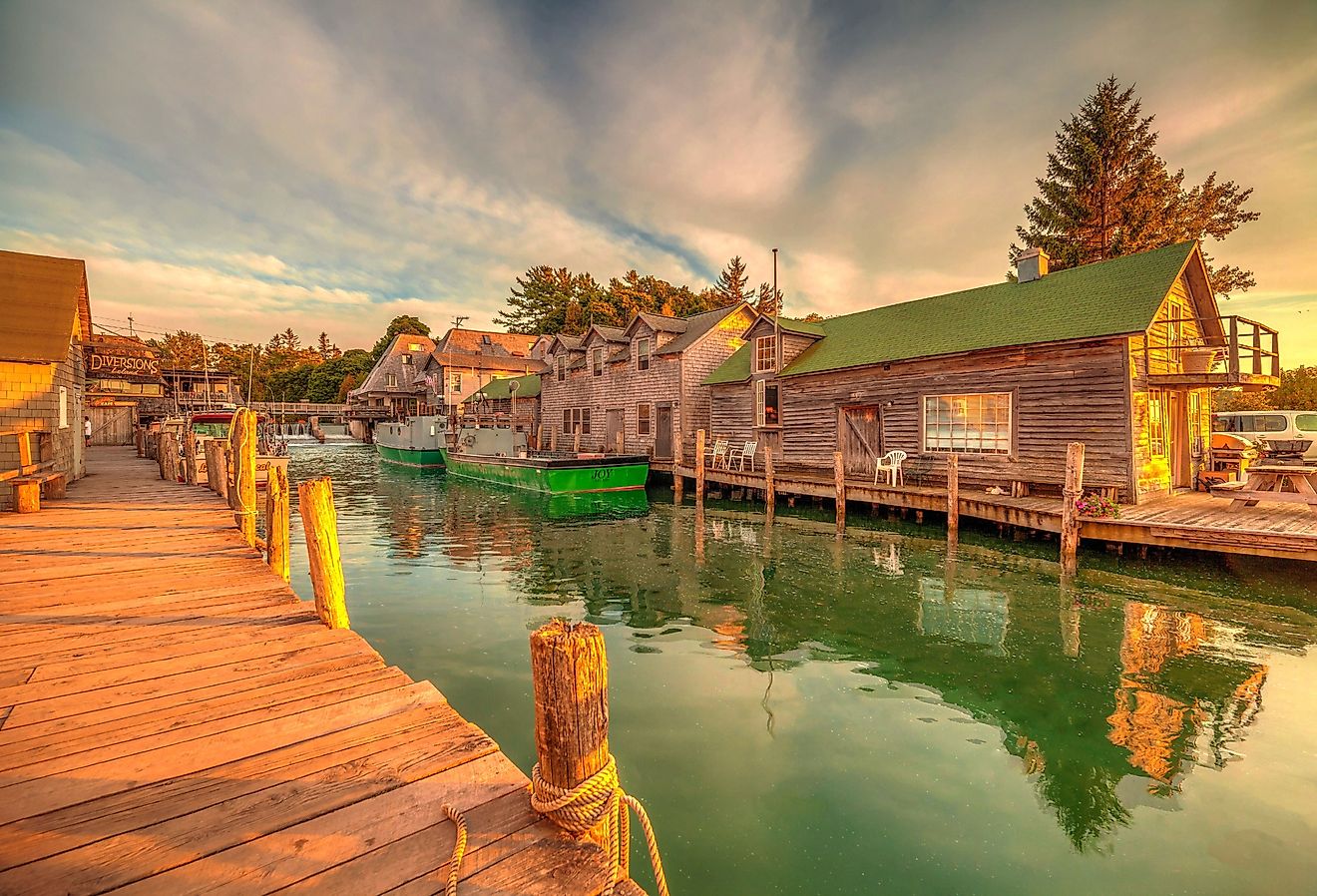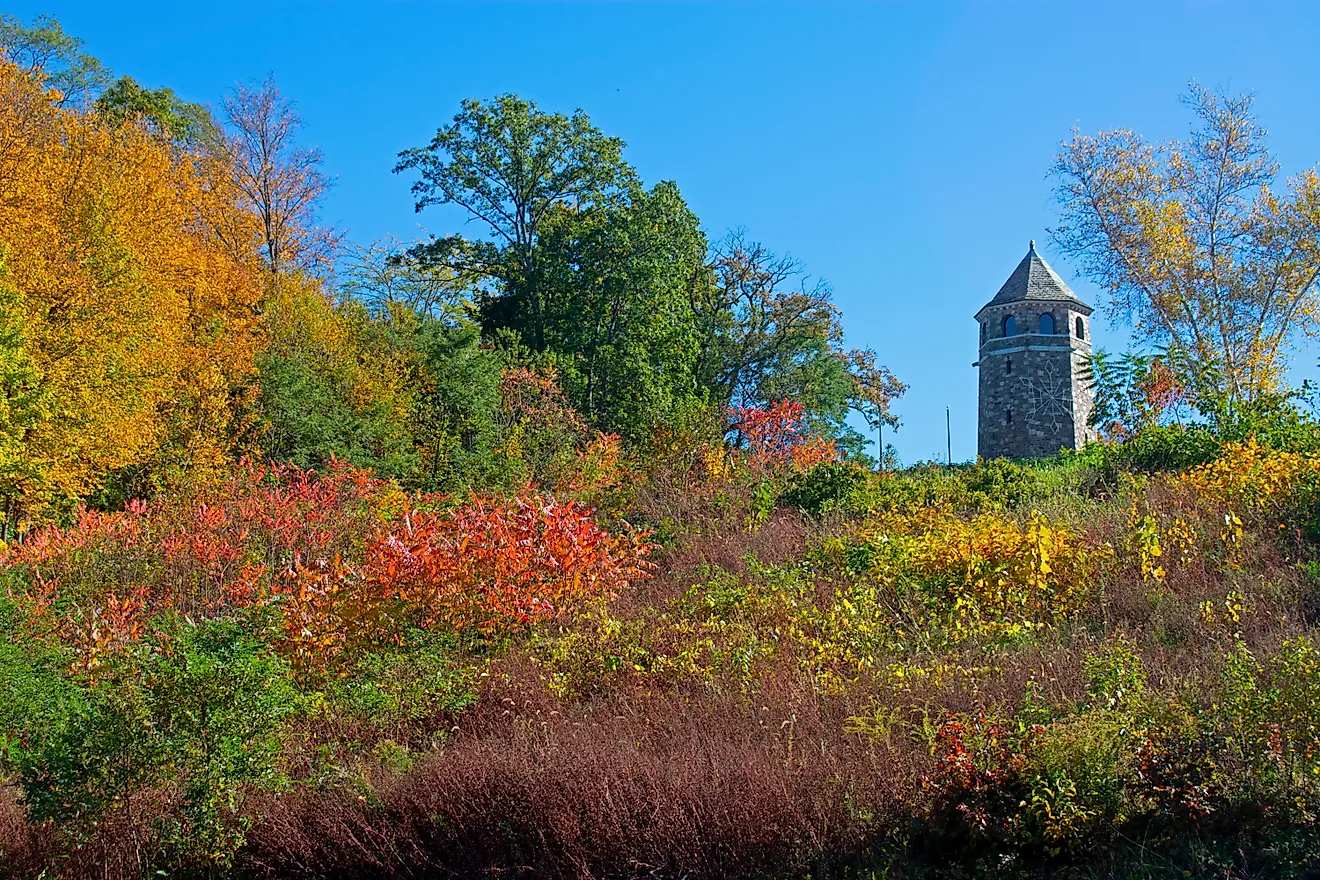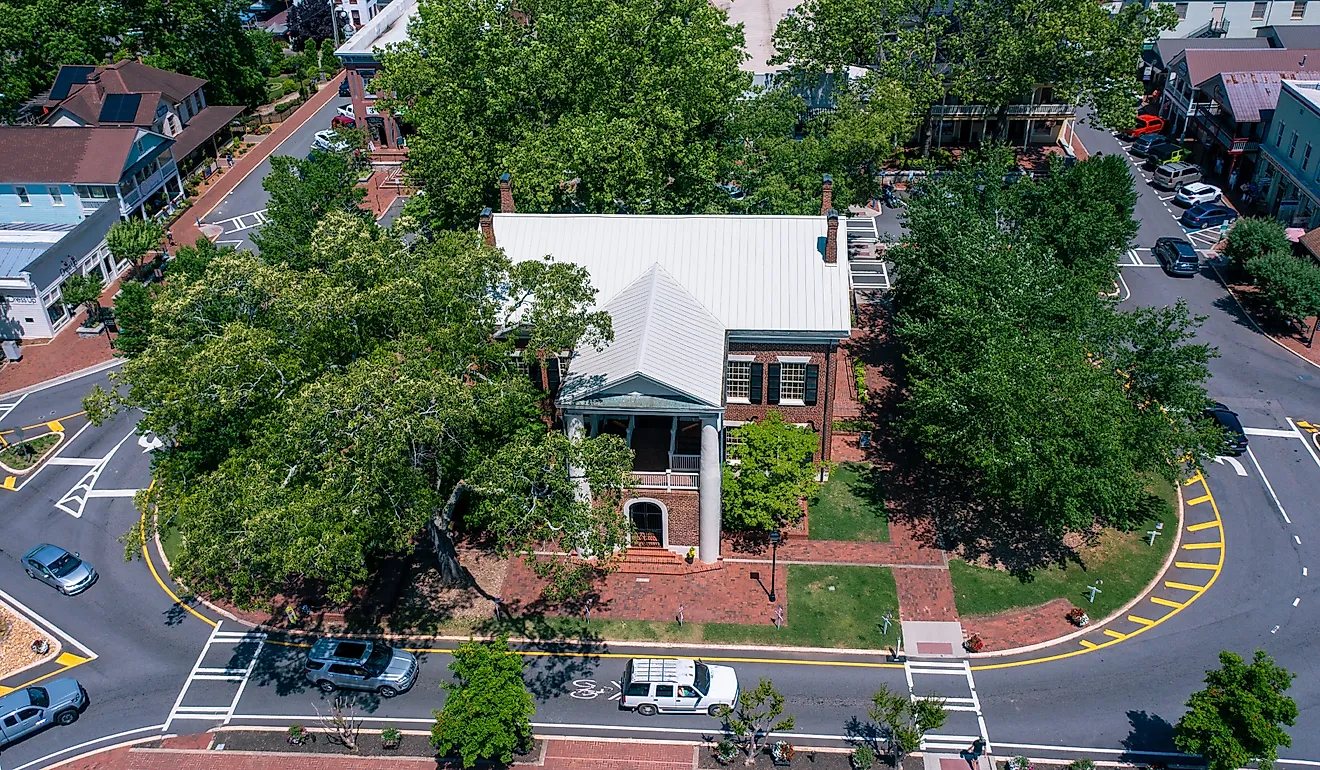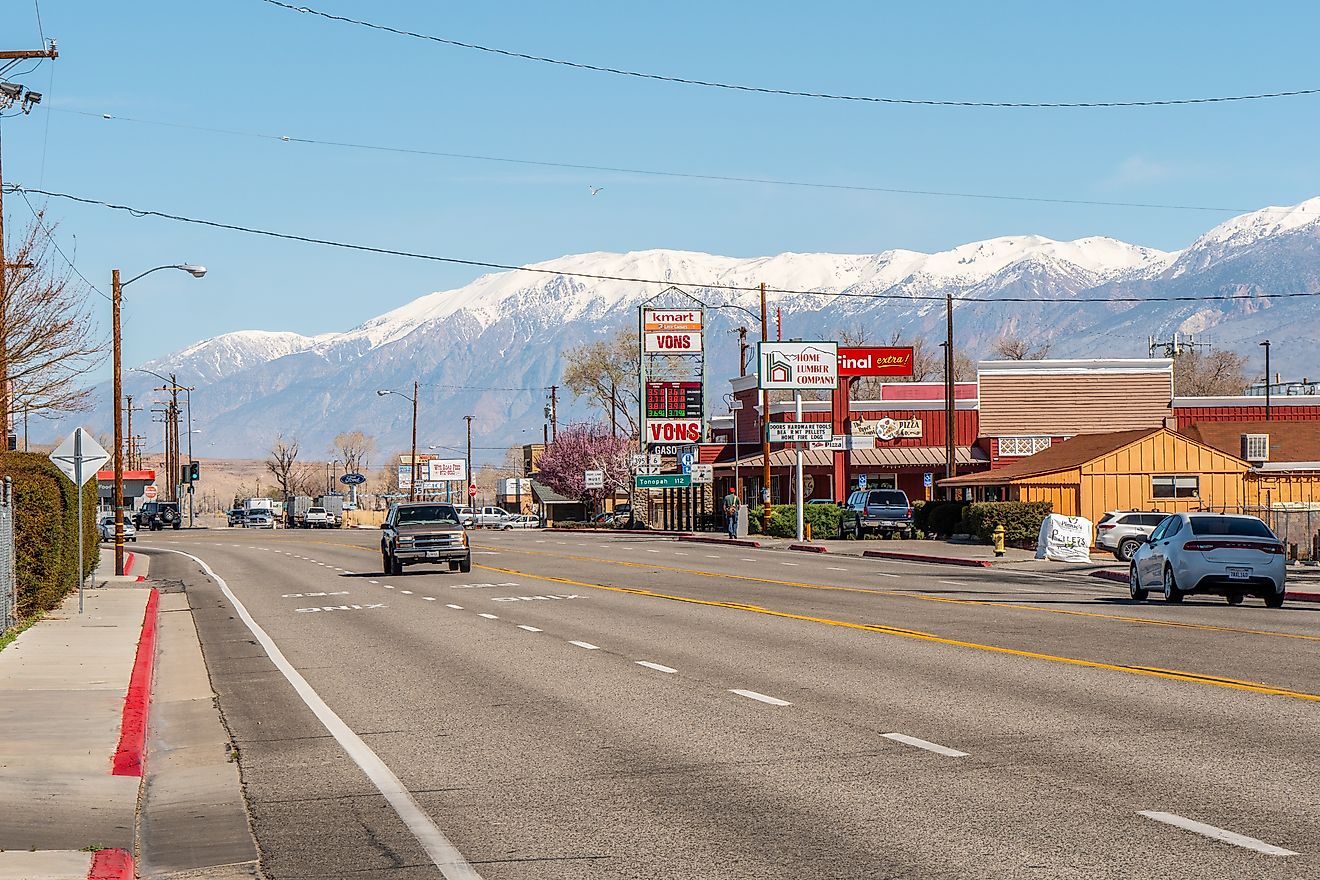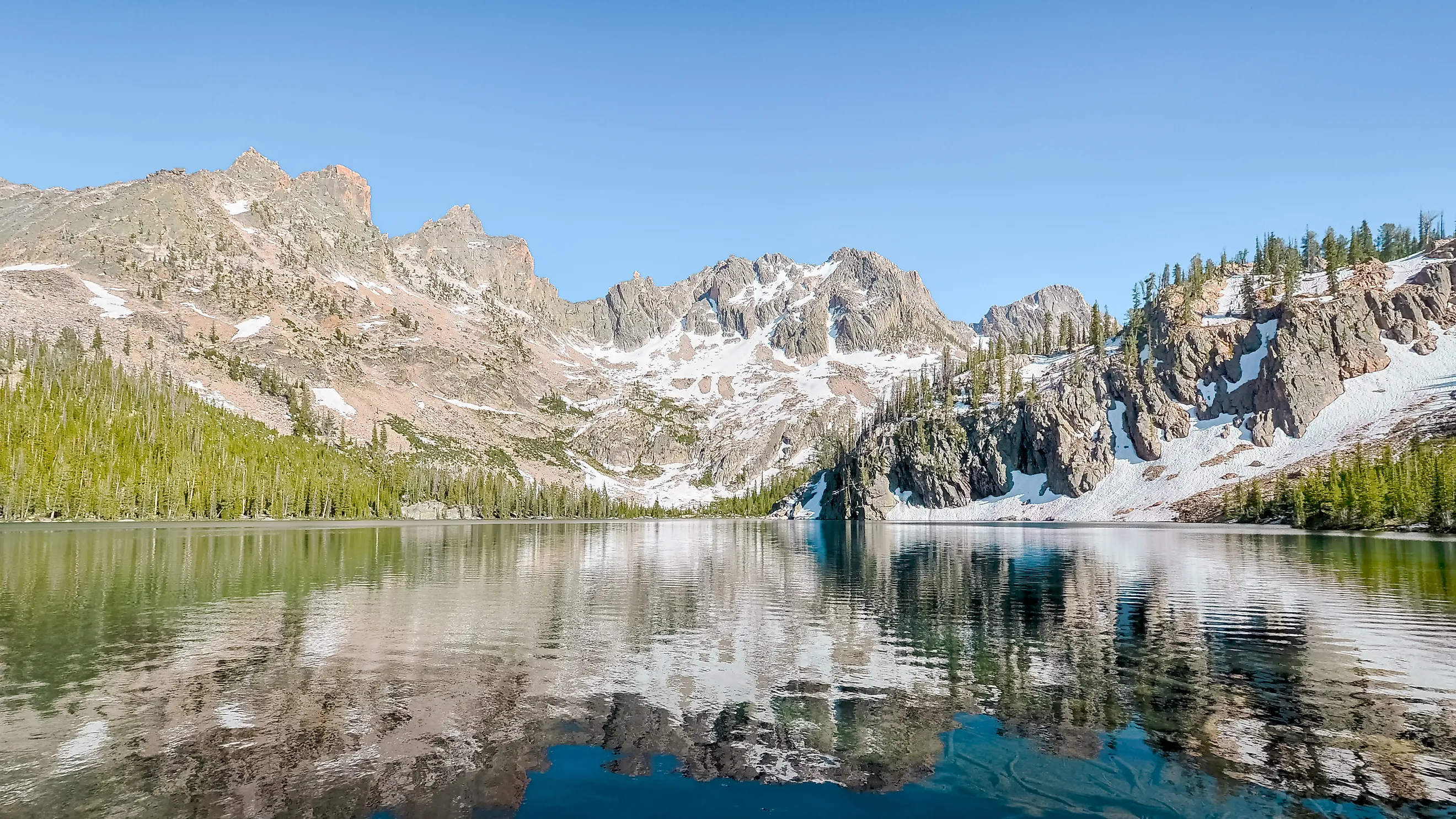
6 National & State Parks In Idaho You Have To Visit
Idaho is an incredible destination for outdoor adventurers and nature lovers alike. Its wonderful mix of forest-covered mountains along the Rocky Mountains and vast expanses of arid desertscapes down south is a perfect match for outdoor adventurers and nature lovers. Within these mostly empty wilderness areas are a collection of state and national parks that you ought to explore if you're looking for something new, from protected lakes to otherworldly geological features and more. This article takes a deeper look at six of these wonderful green spaces, located all across this Pacific Northwest state.
Craters of the Moon National Monument and Preserve
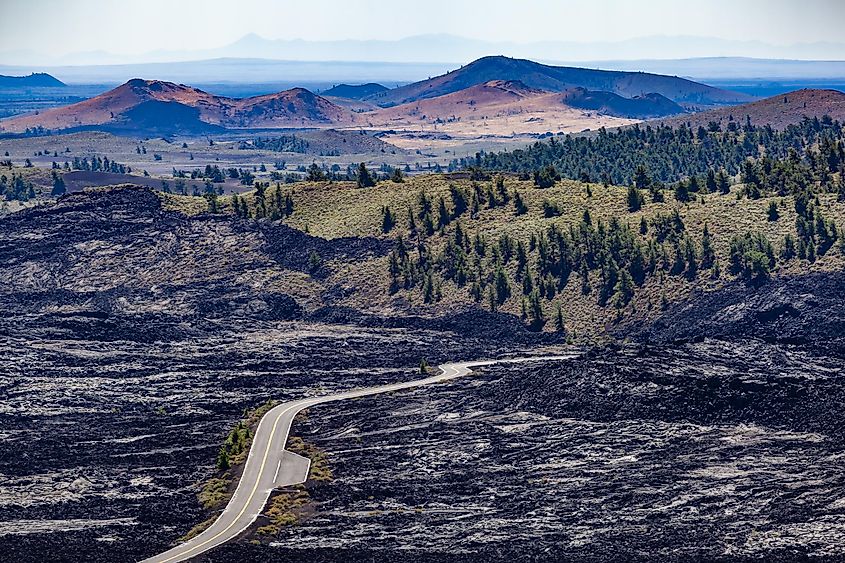
Craters of the Moon National Monument and Preserve hosts one of the most unusual landscapes across the entire country, let alone Idaho. Formed by a series of volcanic eruptions over the past 15,000 years, the preserve includes 753,000 acres filled with lava fields, cinder cones, underground lava tubes, and other cool geological features.
This unique chunk of terrain more resembles a lunar surface than somewhere on Earth, making it a site of scientific and historical importance for a variety of reasons. In fact, astronauts trained here in the 1960s to prepare for lunar missions. Furthermore, a number of interesting wildlife call the park home, including pronghorn, pika, mountain lions, and packrats, which can be spotted across this seemingly barren environment. Spring brings a surprising spread of wildflowers across the dark rock.
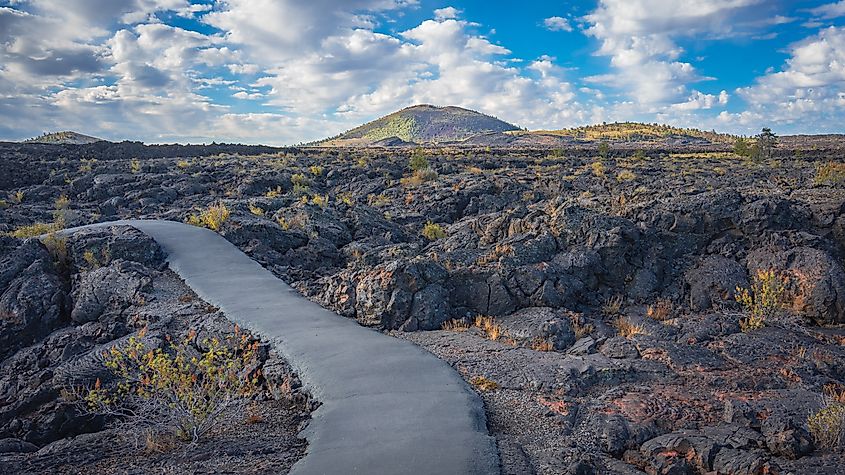
Options to explore include the seven-mile Loop Road, which provides access to hiking trails leading across fields of volcanic rock and to other features such as the Big Craters and the Inferno Cone. The park also has several lava tube caves open to the public, requiring permits and flashlights for safe exploration. Camping is also available within the monument, while the visitor center provides several exhibits that explain the geologic forces behind this awe-inspiring destination.
Sawtooth National Recreation Area
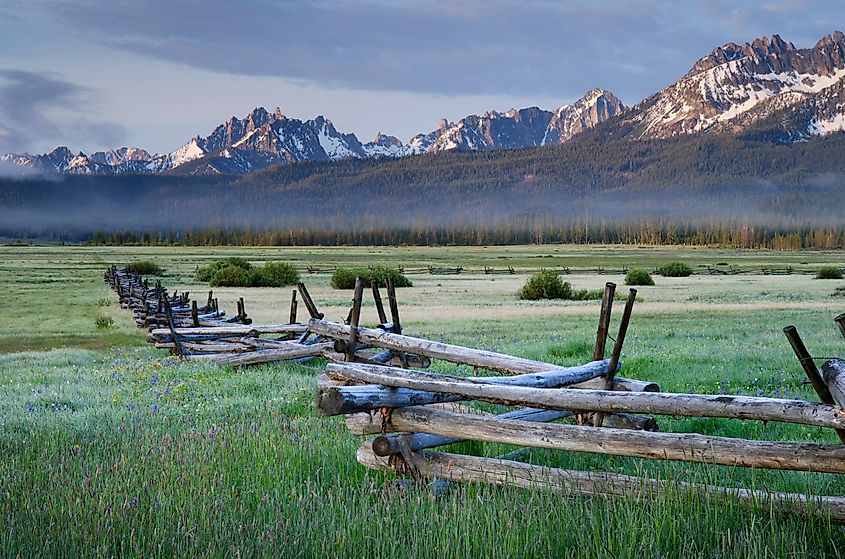
The Sawtooth National Recreation Area, located just east of Boise, is among Idaho’s premier destinations for outdoor adventure of all kinds. Encompassing 756,000 acres, the area is defined by its significant concentration of jagged peaks that make up the Sawtooth Mountains, over 300 alpine lakes, and an extensive system of wilderness trails. Established in 1972, the U.S. Forest Service manages it and protects the scenic natural landmarks and the diverse ecosystems that make this region so remarkable.
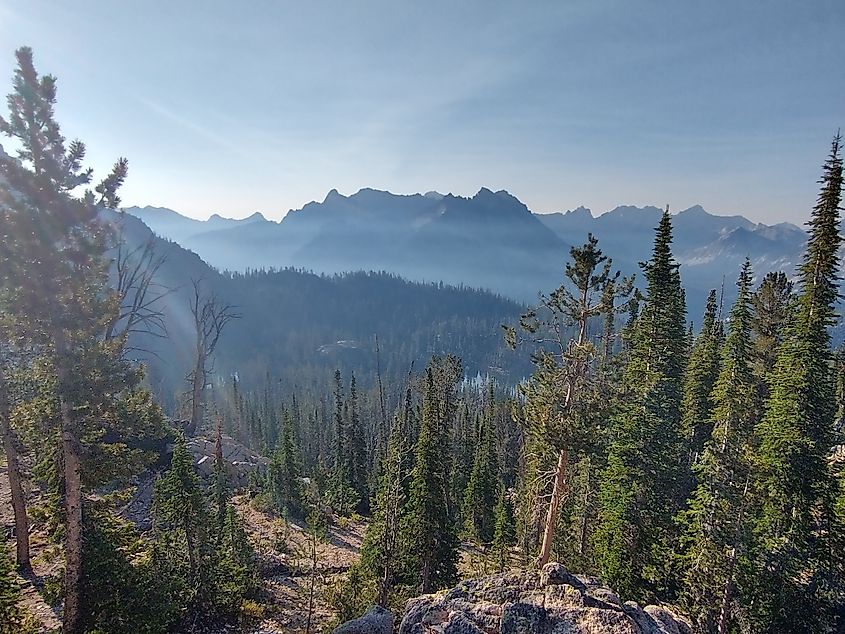
As you may have guessed, hiking and backpacking are two of the most sought-after activities here, with trails leading to countless high mountain passes, glacial basins, and lakes such as Alice, Sawtooth, and Redfish. For those looking for shorter outings, a number of easier, popular day hikes, like the Fishhook Creek Trail, will take you to a selection of panoramic overlooks and wildlife viewing areas throughout the park. Moreover, anglers can fish in many of the lakes and streams, while paddlers often take advantage of Redfish Lake’s clear waters.
Sawtooth is also a hotspot for rock climbing, horseback riding, and camping, with both developed campgrounds and backcountry sites available throughout. In winter, the focus shifts to snowshoeing and downhill/cross-country skiing, with many trails/runs accessible near Ketchum.
Bruneau Dunes State Park
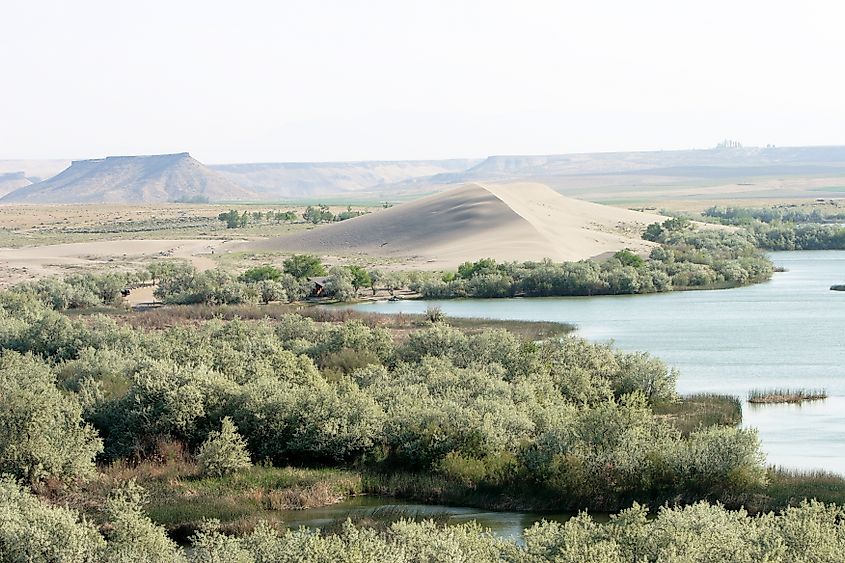
Bruneau Dunes State Park, located about an hour south of Boise, is home to the tallest single-structured sand dune in North America, standing about 470 feet high. Boasting a gorgeous desert landscape shaped by wind and erosion over thousands of years, this state park's unique environment contrasts sharply with Idaho’s more well-known mountainous regions.
No visit is complete without an attempt to climb the dunes, and visitors often bring or rent sandboards for a much faster, more exciting way back down. More conventional hiking trails circle the dunes and lead to surrounding desert areas, where you can possibly spot wildlife such as lizards, owls, and mule deer. Bruneau Dunes also features two small lakes created by the Snake River’s ancient channels, which support other activities like fishing, boating, and birdwatching.
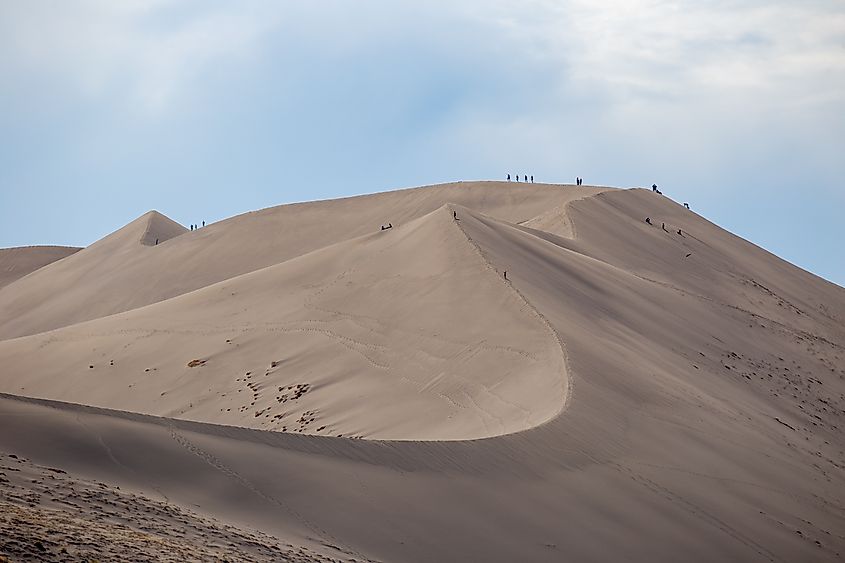
Bruneau Dunes State Park is also notable for being one of Idaho’s best locations for stargazing, thanks to its low levels of light pollution. The park even has a public observatory that operates seasonally, providing telescope programs for visitors of all ages. If you're keen on staying to see the stars for yourself, camping is available year-round, with options ranging from RV sites to cabins.
Hells Canyon National Recreation Area
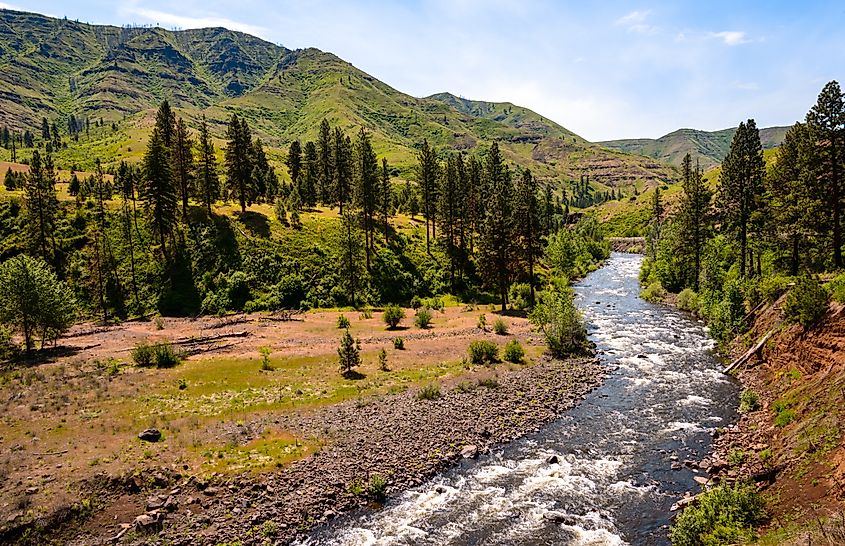
Hells Canyon National Recreation Area protects the deepest river gorge in North America, carved by the Snake River along the Idaho-Oregon border. At nearly 8,000 feet deep, the canyon even surpasses the Grand Canyon in vertical relief, easily making it one of Idaho’s most visually astounding landscapes. In terms of animals that call this dramatic landscape home, keep your eyes peeled for the park's significant populations of bighorn sheep, elk, and golden eagles.
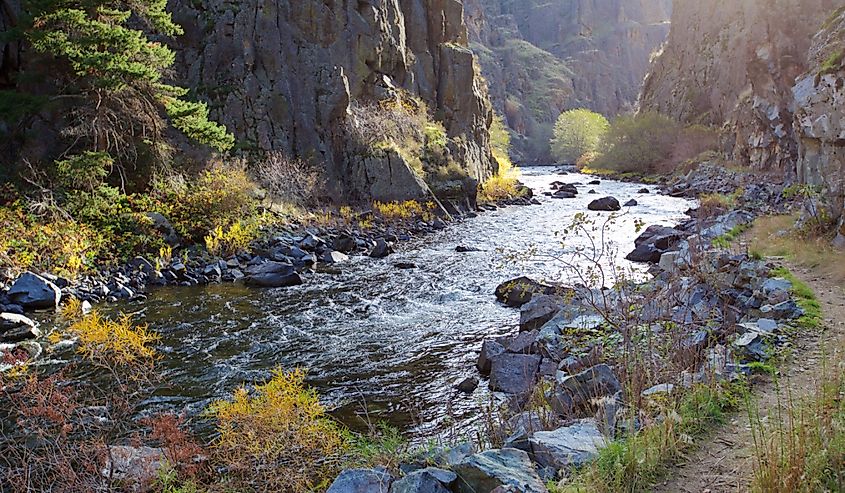
The recreation area contains over 652,000 acres, preserving a mix of remote wilderness, historic landmarks, and other locales to embark on some outdoor recreation. Rafting and jet boating on the Snake River provide up-close access to the canyon’s walls and rapids, while hiking trails lead to high overlooks with sweeping views. For example, the Seven Devils Mountains rise along the canyon’s eastern edge, offering challenging backcountry routes for experienced hikers and backpackers. As mentioned, the region also contains several remarkable historic sites, including Native American petroglyphs and remnants of homesteads and mining camps. For overnight stays, the area boasts a number of campgrounds, dispersed campsites, and nearby lodging in towns like Riggins.
City of Rocks National Reserve
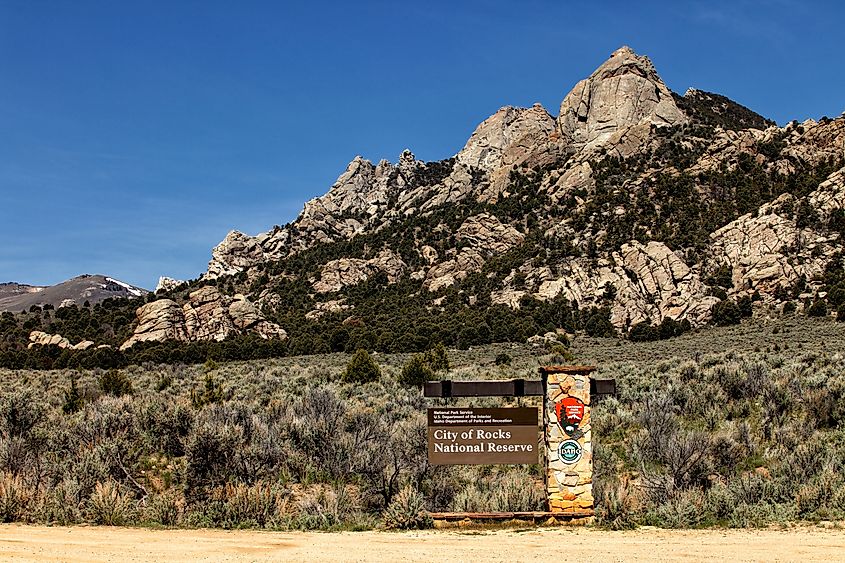
City of Rocks National Reserve, located on the far southern edge of Idaho near the town of Almo, is best known for its granite spires, monoliths, and other rock formations of note that rise abruptly from the high desert floor. In the mid-1800s, the area served as a landmark along the California Trail, with emigrants recording their passage by inscribing names on the rocks, a feature still visible today.
The reserve is now a premier climbing destination, containing more than 600 routes across varying levels of difficulty. If scaling perilous walls isn't your thing, it also has many spots suitable for hiking, wildlife watching, and landscape photography, with trails like the Creekside Towers Trail that winds through eye-catching sagebrush valleys and leads to scenic lookout points high above.
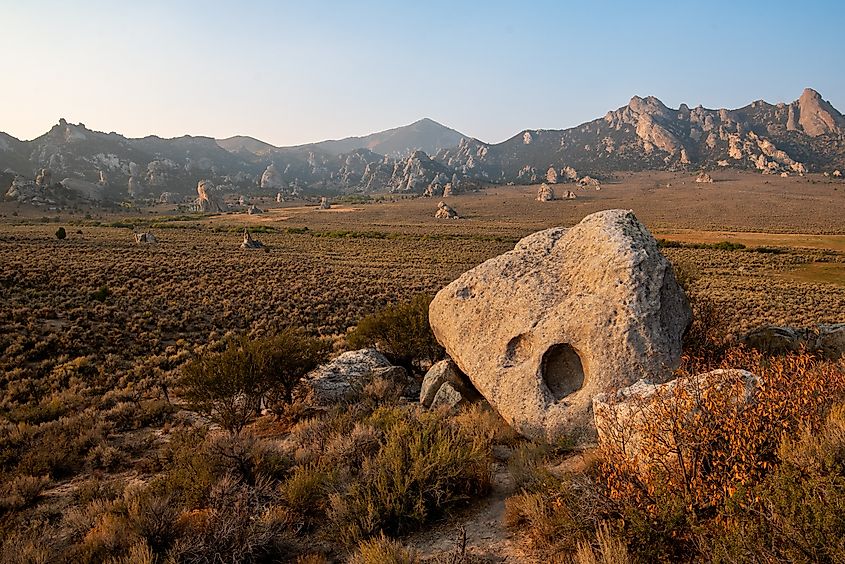
Camping is available in developed sites and primitive areas, allowing you to stay close to the formations. Interpretive programs at the Visitor Center provide more information on the region's geology and fascinating emigrant history. Above all, this is definitely a lesser-known park in Idaho (located roughly halfway between Boise and Salt Lake City) and a good option for anyone who values quiet and solitude.
Farragut State Park
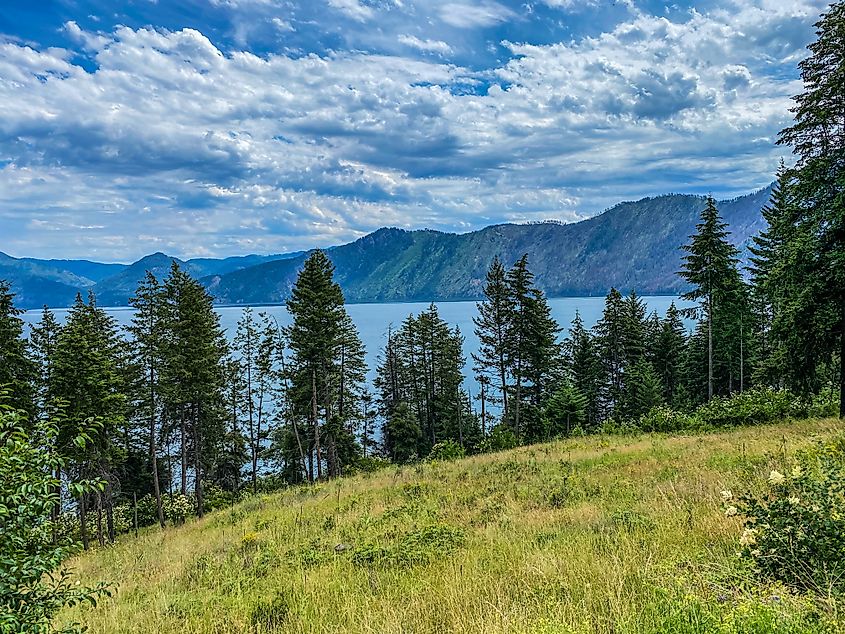
Farragut State Park is located on the southern tip of Lake Pend Oreille in the northern panhandle. It covers 4,000 acres and is the site of a former World War II naval training station that once trained tens of thousands of sailors. Today, remnants of that history remain alongside extensive modern recreational facilities, creating a park that blends the past with scenic outdoor fun around every corner.
The lake is the central draw in the park, providing places for you to launch a boat, go swimming, and fish in one of Idaho’s largest and deepest lakes. On land, one can stroll more than 40 miles of trails for hiking, biking, and horseback riding. The park also features disc golf courses, an archery range, and educational exhibits that highlight both the natural and military history of the area.
Overnight stays are easy to book in and around the park, as camping options include around 223 sites, as well as group facilities that can accommodate larger gatherings. Two nearby cities, Sandpoint and Coeur d'Alene, also boast numerous more comfortable options, with anything from luxury hotels and resorts to simpler motels available in each.
Explore Idaho's Outdoor Gems
Idaho’s decent selection of state and national parks reveals its remarkable variety of landscapes, from volcanic fields and desert dunes to towering alpine peaks and impossibly deep river gorges. Each destination mentioned above showcases a different aspect of this Pacific Northwest region’s natural and cultural histories, giving visitors countless ways to engage in outdoor activities and exploration of all kinds. Whether hiking among granite spires, rafting through North America’s deepest canyon, or camping beside a mountain lake, these fantastic locales will most importantly provide long-lasting memories (and probably more than a few photos).
